The Arctic is one of the Earth’s great un-spoilt wildernesses and everyone knows that at its centre is the North Pole. It is bounded by an imaginary line known as the Arctic Circle.
Rather than simply being defined as a simple line of latitude, the position of the Arctic Circle is dependent on the degree of axial tilt of the Earth in relation to the plane of its orbit, known in astronomical terms as obliquity. It is probably not widely known that the Earth’s tilt is constantly changing and varies between 22.1 degrees and 24.5 degrees over a 41,000 year period. It is difficult to relate to time scales such as this but in simple terms, the Earth’s tilt is currently in the phase of reduction, the effect of which is that the position of the Arctic Circle is steadily advancing northwards at a rate of about fifteen metres per year.
This imaginary line is thus defined as the boundary between the Arctic and the Northern Temperate Zone and is the southern limit of the Arctic being defined as the area where the summer sun remains above the horizon for a 24 hour period at least once a year and, in winter, remains below the horizon for a 24 hour period for at least once a year i.e. not visible at noon.
Even this simple definition is not without problems however and due to atmospheric diffraction, the sun is often visible low in the sky even though its actual position is below the horizon. All references to horizon also refer to sea level and in many cases the nature of the terrain means that it is impossible to actually see the true horizon.
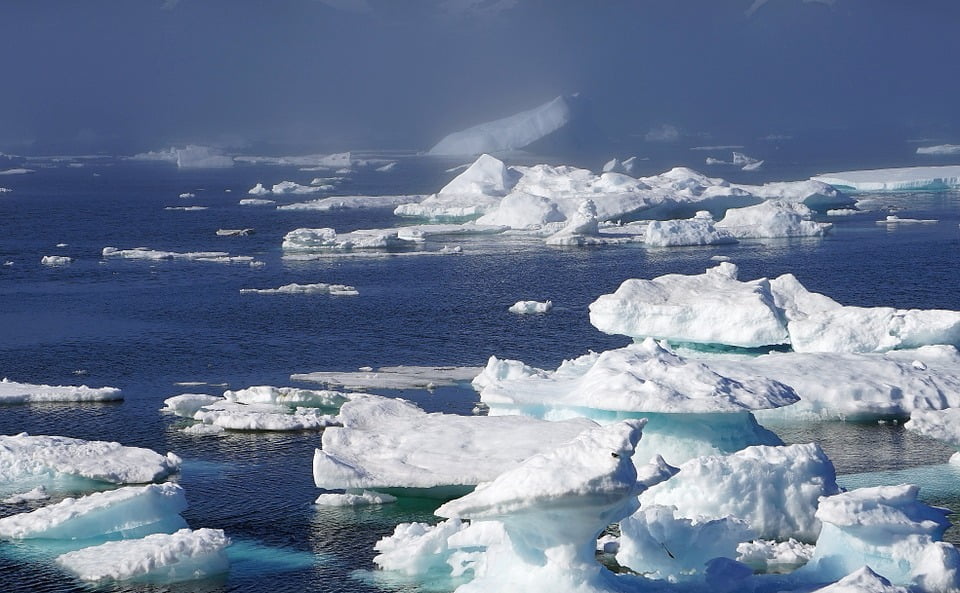
The current latitude of the Arctic Circle is approximately 66 degrees 33 minutes 46.4 seconds north of the equator. The Arctic comprises approximately 4% of the the Earth’s surface and the distance from the Arctic Circle to the North Pole is around 1,650 miles. There is some disagreement about the precise length of the Arctic Circle circumference with different sources giving varying figures but it is in the region of 10,500 miles.
Map of The Arctic Circle
Looking at a map of the Arctic Circle gives a completely new perspective on the relative positions of the continents especially when compared with the cylindrical “Mercator Projection” maps. The Arctic is a huge area and of course a substantial part of it is the Arctic Ocean which, with an area of 5.4 million square miles, is larger than the whole of Europe.
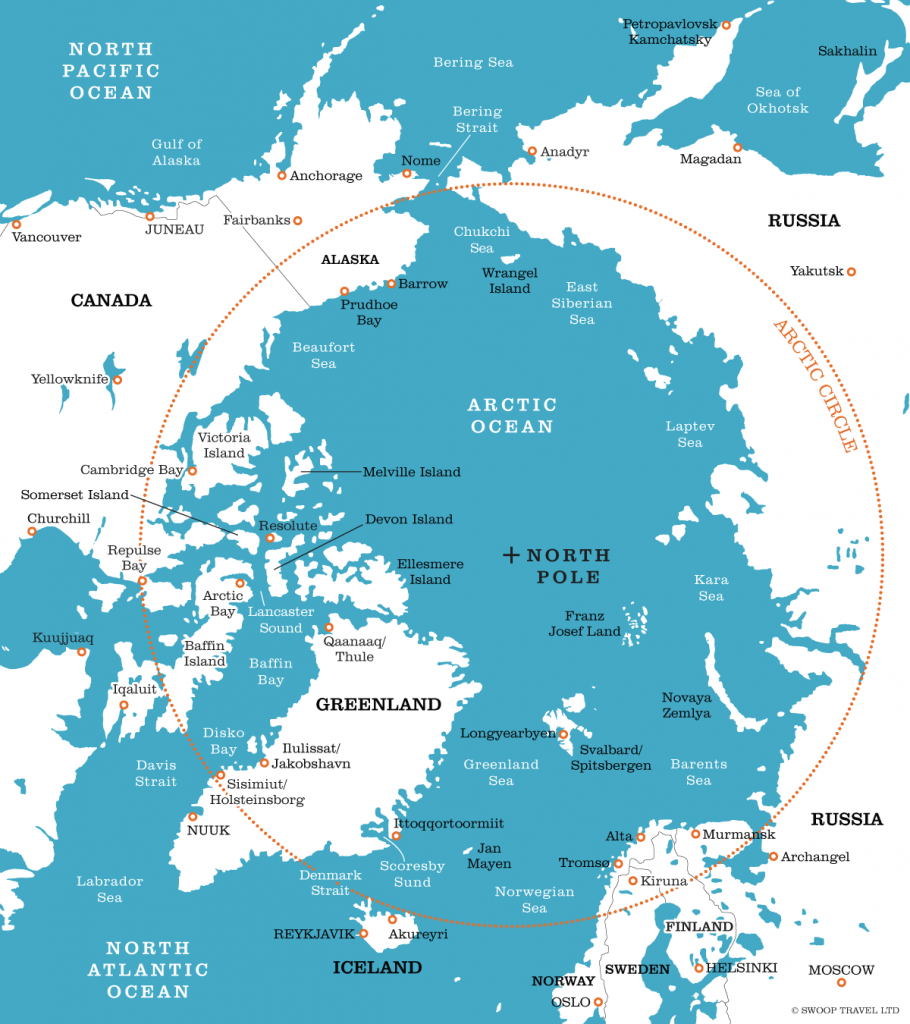
Much of it is covered by ice, the extent of which varies according to the time of year. The Arctic is only sparsely populated but is still the home of around 4 million people. The Arctic Circle passes through eight different countries those being Norway, Sweden, Finland, Russia, USA (Alaska), Canada, Greenland and Iceland (passing through a small offshore island).
This is an area that few people will ever visit but those who do invariably find it an unforgettable experience. The temperature is probably the one single factor which deters people from travelling to this part of the world and, although it is generally a fairly cold place, with such a huge geographical area being covered, there is a great deal of variation and, as an example, the Arctic regions of north-west Europe are kept relatively mild (by Arctic standards!) due to the influence of the Gulf Stream resulting in seas in this area remaining ice-free throughout the year. Areas further inland such as in central Russia tend to have more continental extremes of weather with summer temperatures sometimes reaching a scorching 30 degrees Celsius but plummeting to as low as minus 50 degrees in the depths of winter.
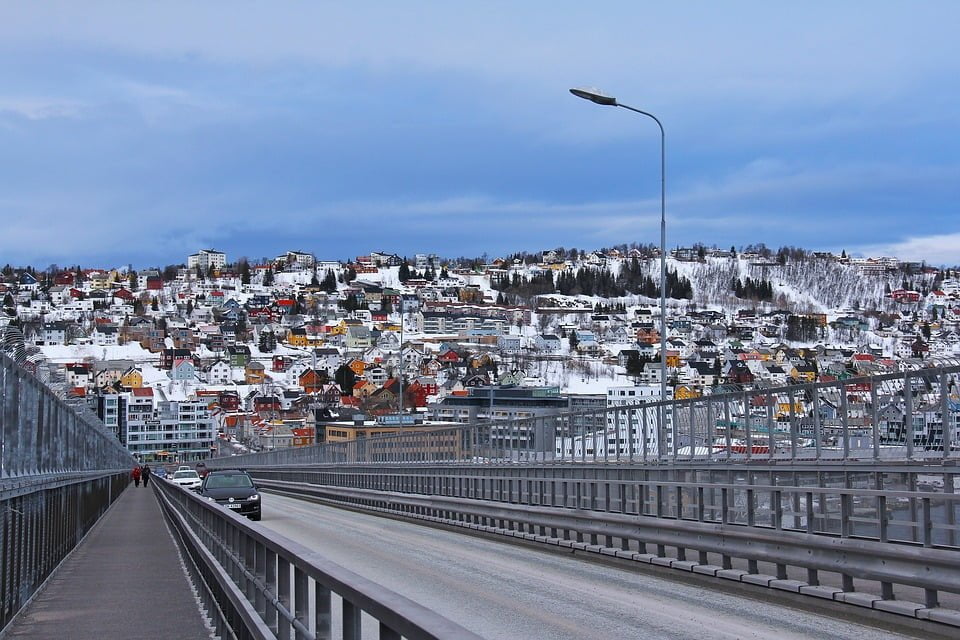
In many ways, a more useful way to define the boundaries of the Arctic is to refer to temperatures and the measure most frequently used is to plot the mean July temperature of 10 degrees Celsius. This isotherm tends to straddle the Arctic Circle and also shows a close correlation to the tree line. The Arctic climate is classified as being either High Arctic Zone with the most severe conditions or Low Arctic Zone which is more conducive to life and land may have 90% or more vegetation compared to typically less than 5% for the high classification.
Plants and Animals of The Arctic Circle
Permafrost is a feature of much of the land bordering the Arctic Circle with only the top layers thawing during summer. Much of the land is described as tundra with little grass but some dwarf shrubs, mosses, lichens and herbs. Both plants and animals living in such an inhospitable environment have become adapted to the conditions and some animals have coats which are not only very thick but which also change colour along with the seasons such as the white winter fur of the ermine and Arctic hare.
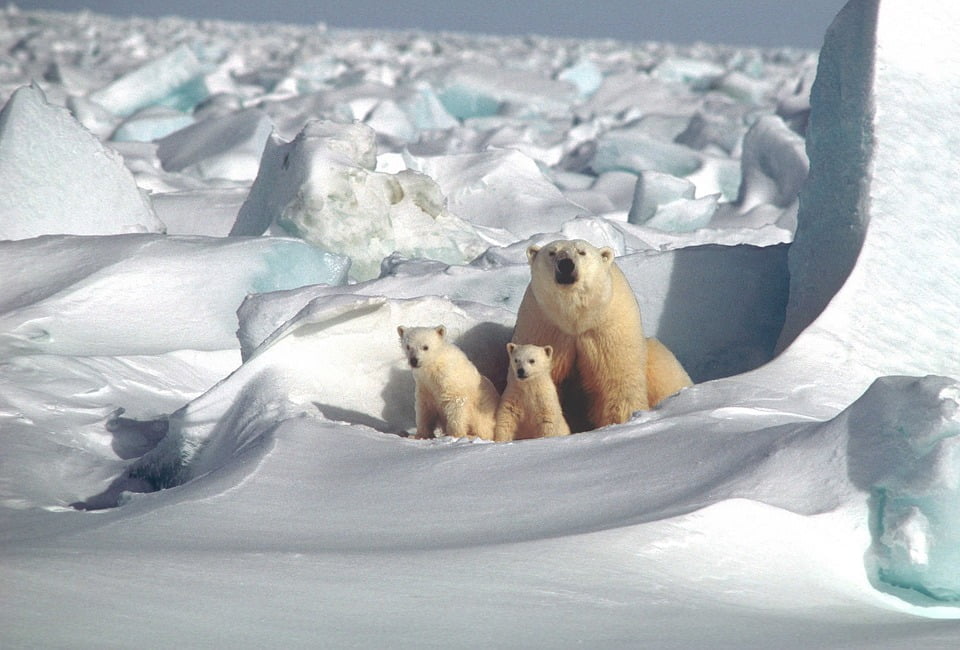
A wide variety of animals can be found including grazing animals such as reindeer, moose, musk ox and dall sheep along with predators such as the wolf, wolverine, Arctic fox and polar bear. The Arctic waters are rich in fish species including the Greenland shark and also visited by various species of whales including the grey whale, beluga whale, norwhal, and killer whale. The walrus and harp seal are also regular visitors. Birds include the Arctic tern, snow goose, puffin and snowy owl.
Arctic Circle Ice
Ice is of course a major feature of the area and the centre of the Arctic is covered with a permanent covering of ice which extends in size in winter as the seas freeze and reduces again in summer as the ice-sheets melt and break up. This pattern is also followed on much of the land with some areas of ice remaining with such features as glaciers and a complete thaw occurring elsewhere.
There is currently a great deal of concern regarding the Arctic ice as it is steadily decreasing. If the present rate of decrease continues, the northern sea ice will completely disappear in summer in the not too distant future. Some scientists have predicted that this could occur as soon as 2029 whereas others estimate that this would not happen until the 22nd century but the general consensus is that this permanent ice is likely to disappear by around 2040.
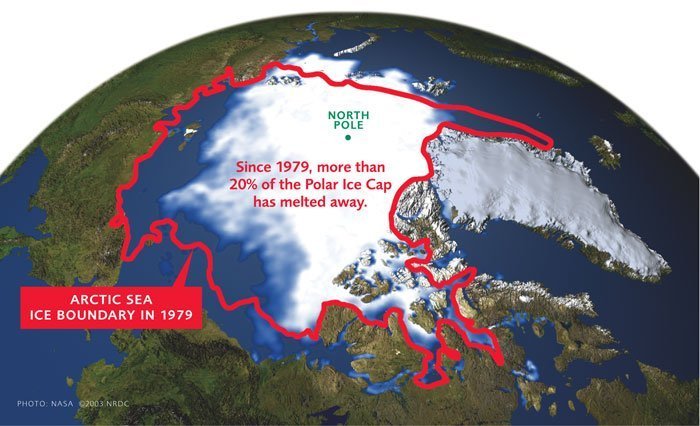
This could have a devastating affect on some of the region’s wildlife but would not cause any rise in sea levels just as an ice cube melting in a glass of water does not cause the water level to rise. The same cannot be said about the melting of the region’s land ice such as the glaciers and ice-sheets in Greenland. It has been calculated that if all of the northern Arctic ice were to melt, this would cause a worldwide raising of sea levels by 24 feet. To make things even worse, if the Antarctic ice were to melt we could expect sea levels to rise by 200 feet! The reasons for the ice reduction are not fully understood but obviously global warming is playing a major part. While much effort is being put into controlling carbon dioxide emissions, this is only part of the problem with other gasses such as methane being much more powerful greenhouse gasses. Unfortunately, the reduction of the northern ice, both on land and sea is giving rise to the emission of huge amounts of methane, a major contributor to the greenhouse effect and this seems set to become a runaway process with global warming taking place at a much accelerated pace.
To make things even worse, if the Antarctic ice were to melt we could expect sea levels to rise by 200 feet! The reasons for the ice reduction are not fully understood but obviously, global warming is playing a major part. While much effort is being put into controlling carbon dioxide emissions, this is only part of the problem with other gasses such as methane being much more powerful greenhouse gasses. Unfortunately, the reduction of the northern ice, both on land and sea is giving rise to the emission of huge amounts of methane, a major contributor to the greenhouse effect and this seems set to become a runaway process with global warming taking place at a much accelerated pace.
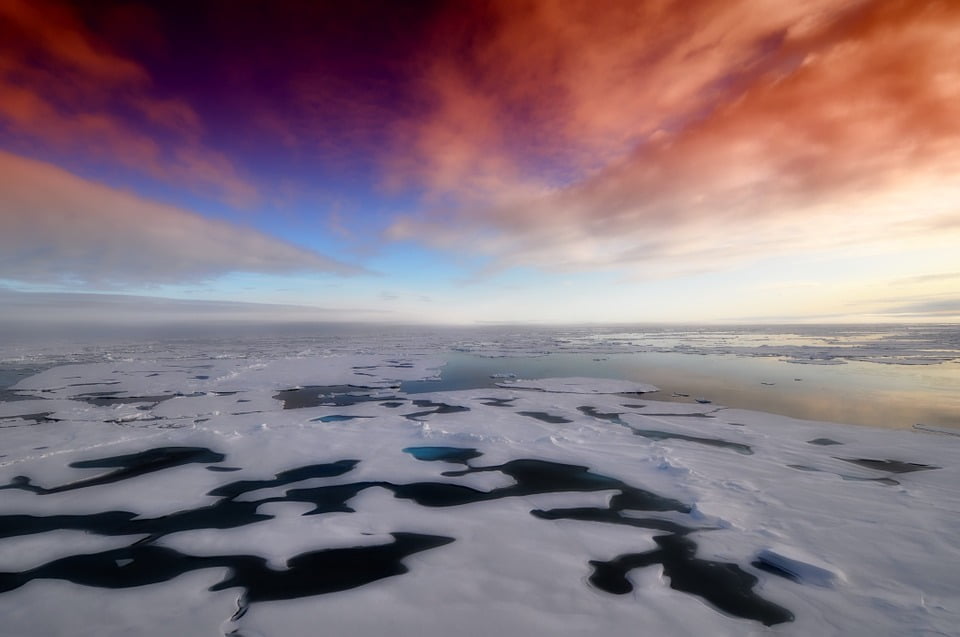
The reasons for the ice reduction are not fully understood but obviously global warming is playing a major part. While much effort is being put into controlling carbon dioxide emissions, this is only part of the problem with other gasses such as methane being much more powerful greenhouse gasses. Unfortunately, the reduction of the northern ice, both on land and sea is giving rise to the emission of huge amounts of methane, a major contributor to the greenhouse effect and this seems set to become a runaway process with global warming taking place at a much accelerated pace.
The Northern Lights
Tourism has never been a major industry in the Arctic Circle other than a few seasonal trips to meet Santa and his reindeer but some more adventurous travellers have discovered the excitement of having real fun in the snow often taking the chance to ride a snowmobile or even a dog sled. One major attraction but one that cannot be guaranteed is to catch sight of the Northern Lights or Aurora Borealis. This is one of nature’s most impressive displays with bands of green, pink and purple dancing across the night sky. This phenomenon occurs within a part of the atmosphere known as the auroral band which is generally a ring which circles the Earth just to the north of the Arctic Circle. Knowing where to look is just the first step however and the Aurora only makes an appearance when the conditions are absolutely right.
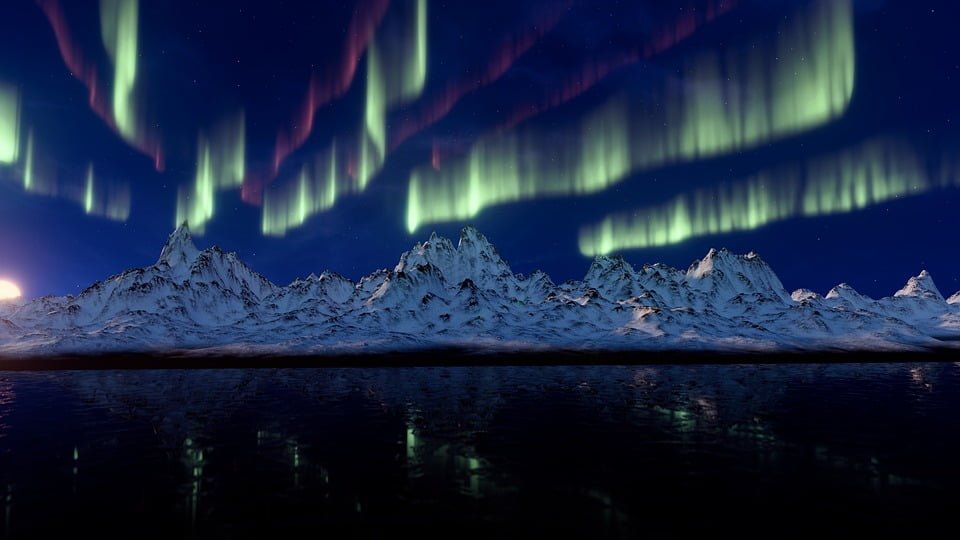
The first thing that is needed is a period of intense solar activity giving rise to the emission of a stream of charged particles, some of which head our way. When these particles, known as a solar wind, encounter the Earth’s magnetic field they are pulled off their course and catapulted towards the north and south poles. On collision with the atmosphere, the gas molecules are excited and give off light. This happens most frequently between September and late March and is best observed between 6pm and 1am. Some of the best sightings have been in December especially when conditions have been cold and dry. The Northern Lights can be seen anywhere near the Arctic Circle and occasionally much further afield even from northern parts of the UK but anyone lucky enough to catch a glimpse of this amazing light show will never forget it.

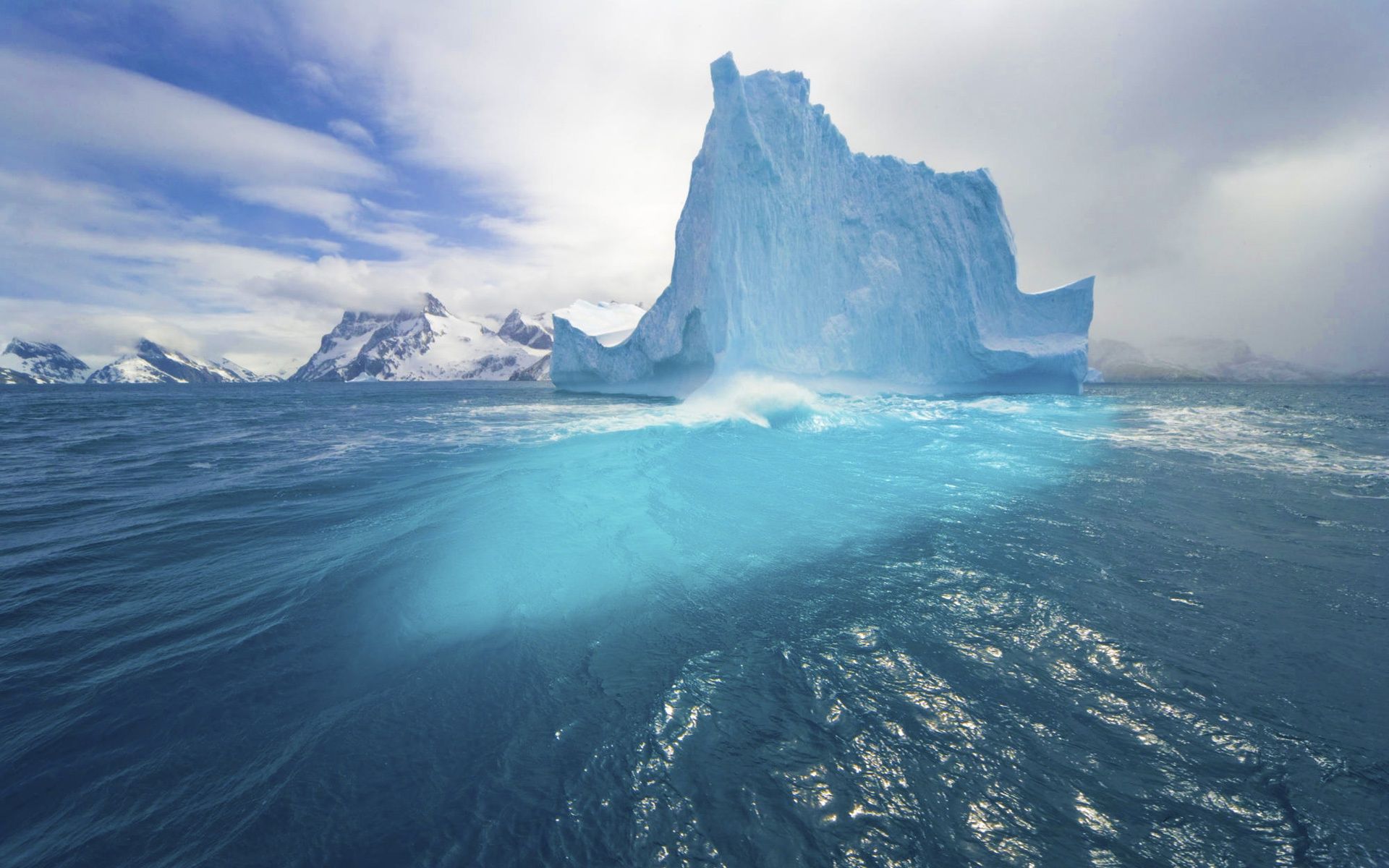
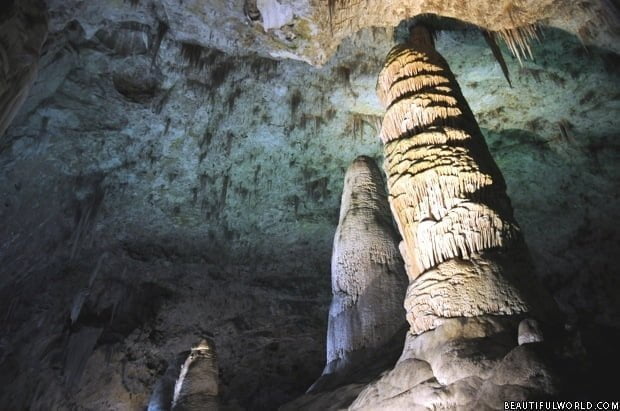
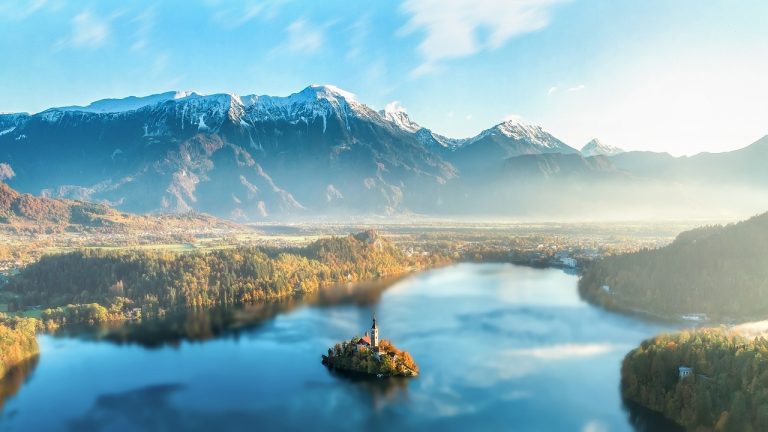

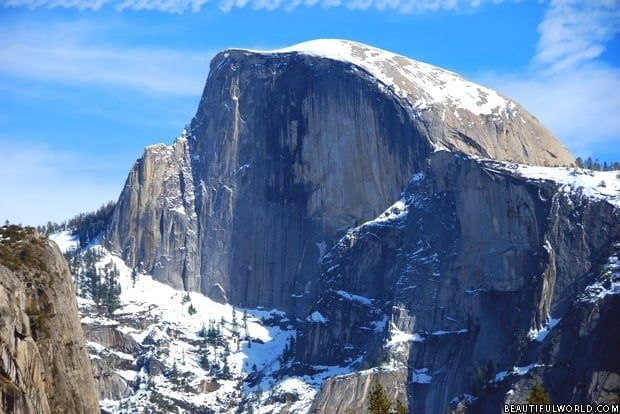

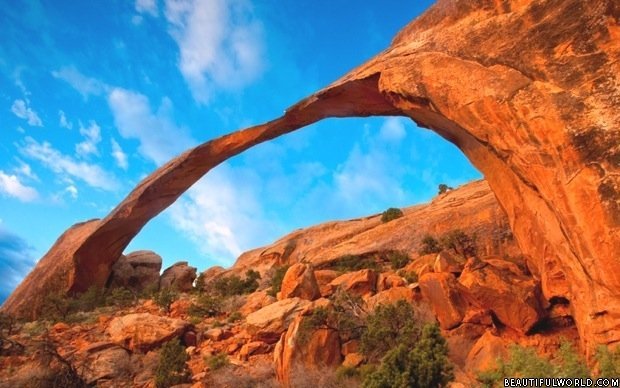
I want to see the northern lights sometime in the next 18 months, however, I don’t fancy an extended period in the wintery wastes! I want there to be other things to do if I get unlucky and the lights are not visible while I am there? I know there are some decent sized cities in Norway in the Arctic circle – which is the best one to use as a base to see the lights?